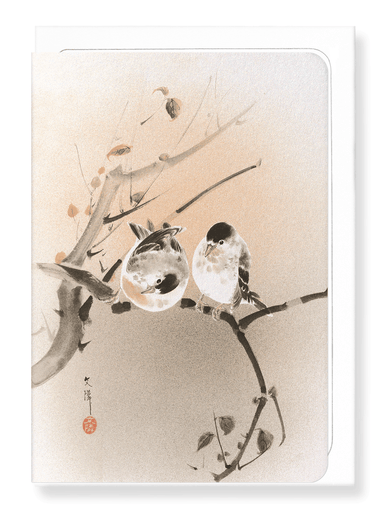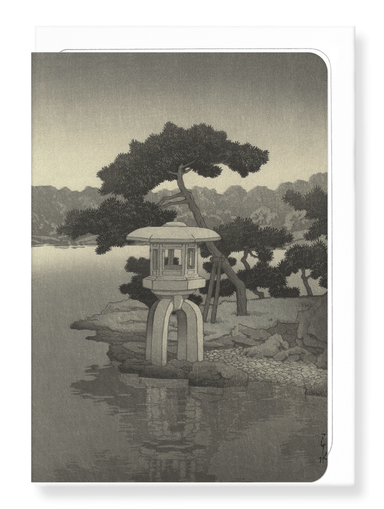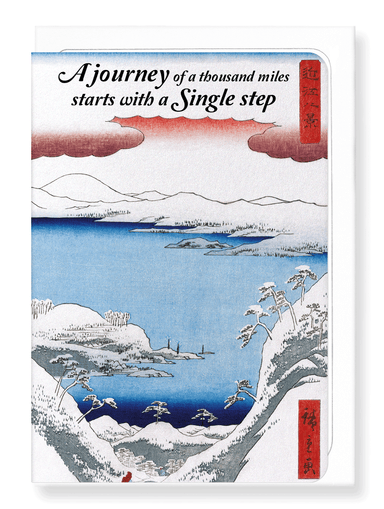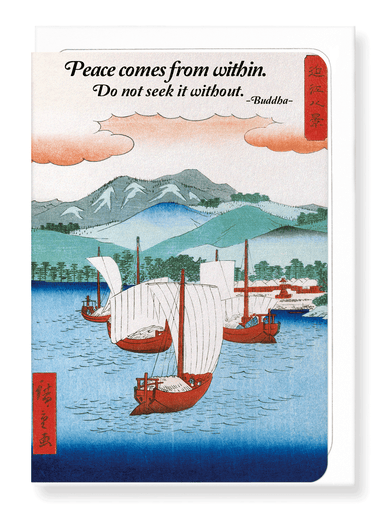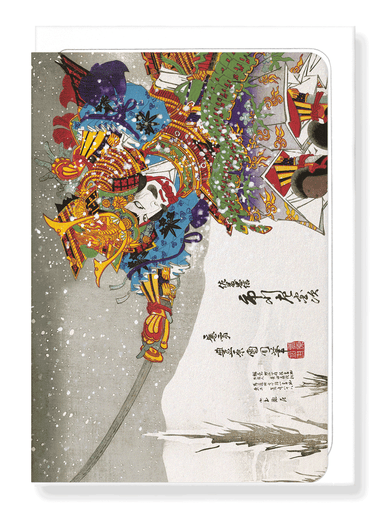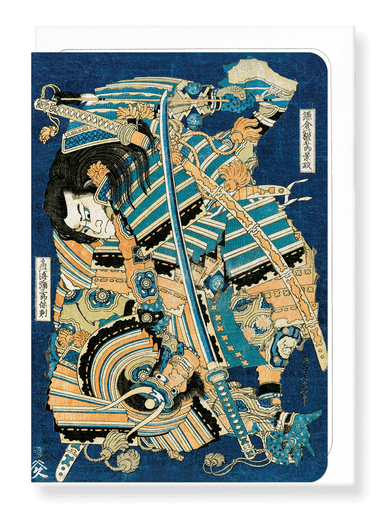Greeting card

KIMONO HEM - IRISES (1899)
Text on the reverse side:In classical mythology, Iris was the goddess of the rainbow - the link between heaven and earth. She was also regarded as ...
View full details



